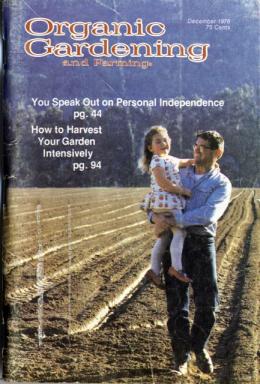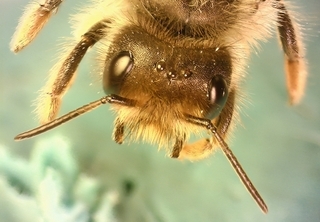A serious Reader’s Digest article published in October, l952, called followers of organic farming “misguided,” their practices “superstitions about soils,” and their advocacy for healty food “fads about nutrition.” The article concluded that organic agriculture was “dogma of an extreme form” and provable “bunk.”
Despite the derision, Rodale continued to turn out articles citing the joys of giant tomatoes and super-sweet melons and woes created by artificial fertilizers an chemical pesticides. He was fond of quoting a favorite author, John Stuart Mill, who said that ideas go through three distinct phases: ridicule, discussion, and adoption.
Mill’s insight has proven to be correct. From a seemingly minor magazine published by a man who often described himself as an oddball, Rodale’s ideas have gradually taken their place in the main stream. Interest in organic products, infinitesimal in 1940, climbed to such heights in 1990 that the movement required federal regulation.








